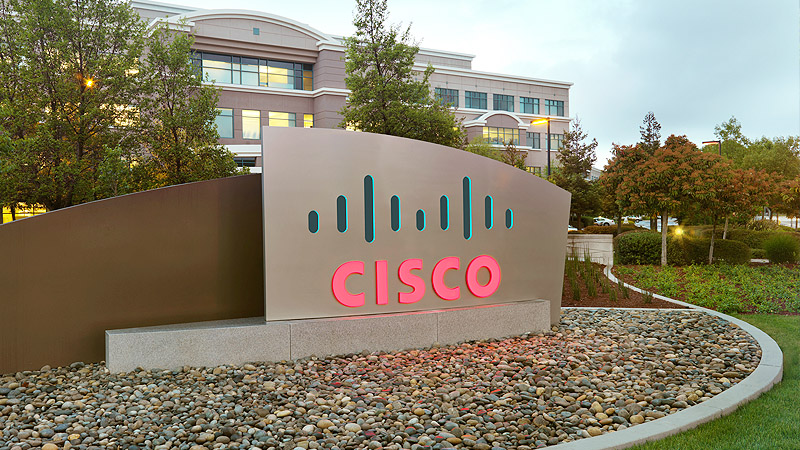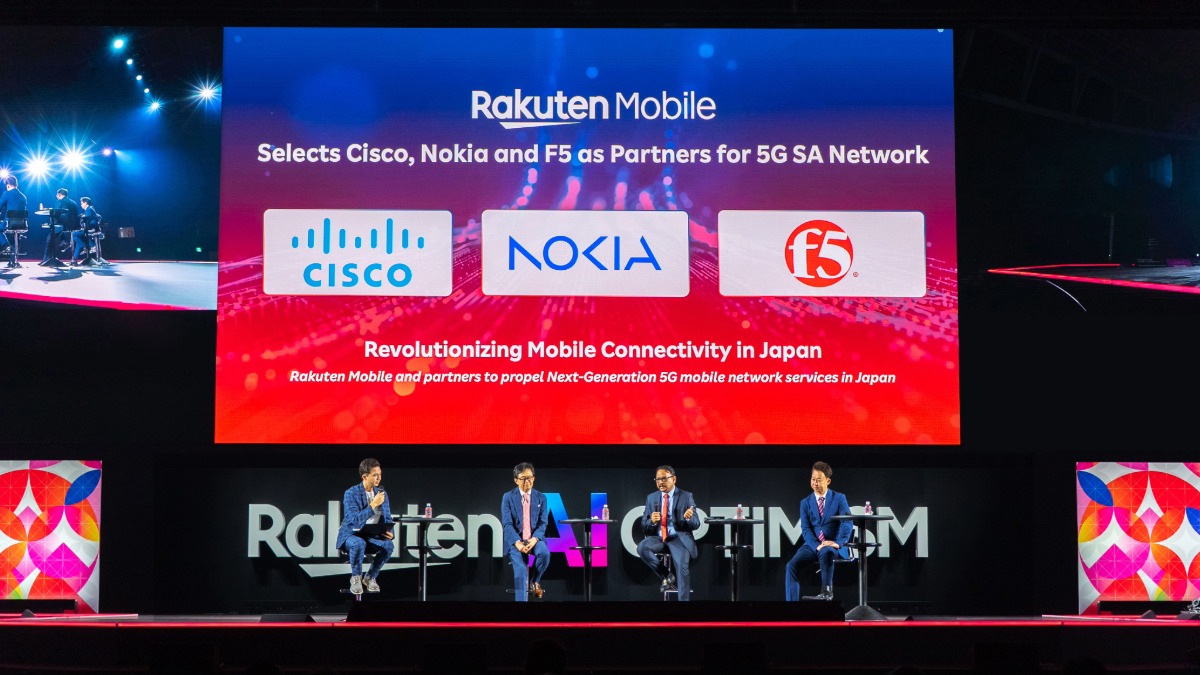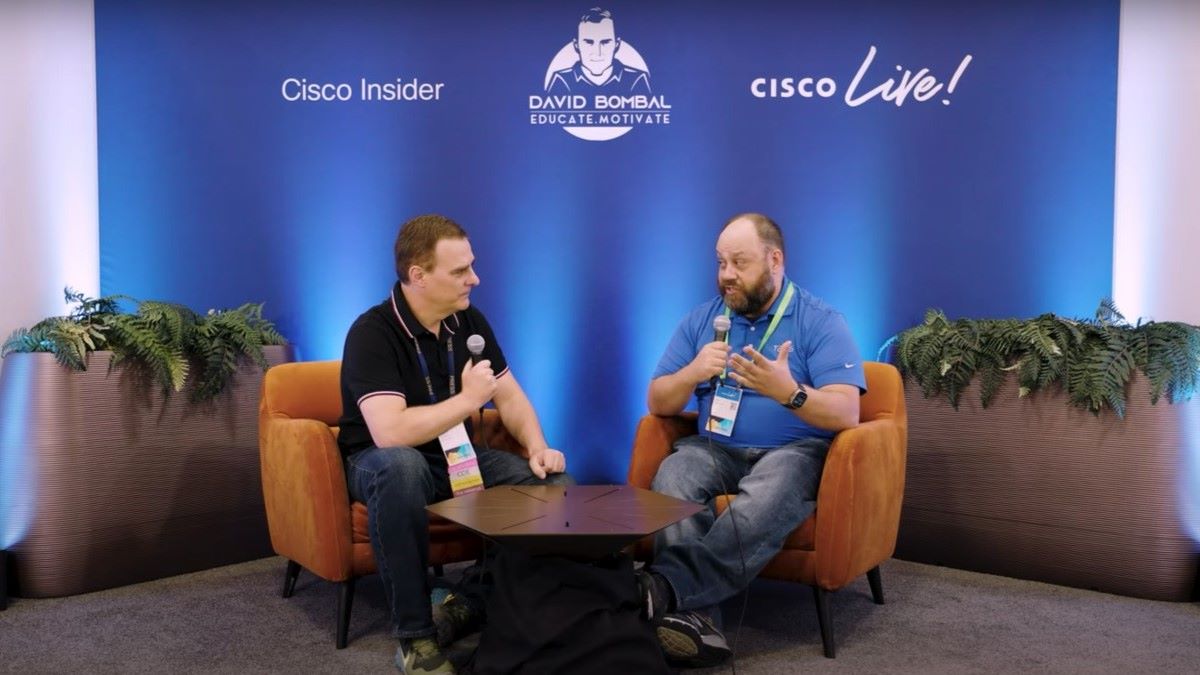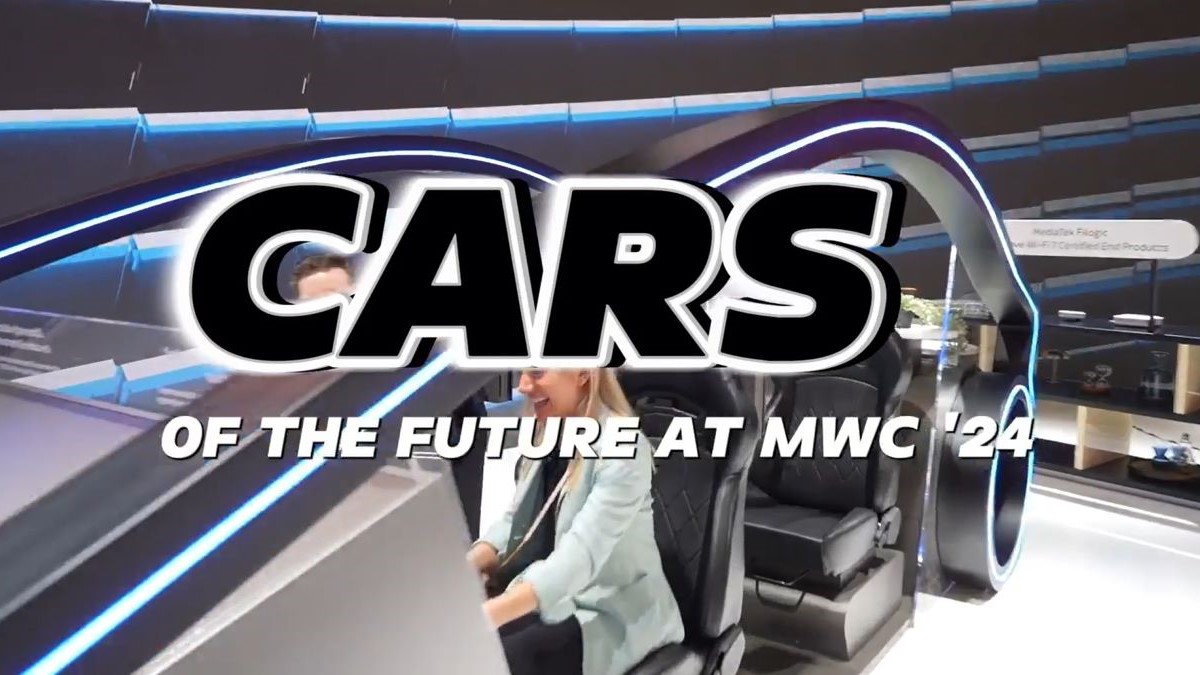-
Autonomous vehicles generate 1.2TB of data per day – the equivalent of 500 HD movies or 200,000 songs
-
OpenRoaming is key to unlocking seamless and secure sharing of high-volume data by autonomous fleets
-
The partnership marks an important operational milestone for Oxbotica as the company prepares for large-scale deployment of its autonomy software
-
Together, Oxbotica and Cisco aim to enable cost-effective and fully-scalable deployment globally
Oxbotica, a global leader in autonomous vehicle software, and Cisco have partnered to demonstrate how OpenRoaming can unlock the potential of fully-connected autonomous vehicle fleets, enabling the seamless and secure sharing of high-volume data while on the move.
Autonomous vehicles (AVs) make 150 independent vehicle detections every second and generate up to 80GB of data per driven-hour from sensors such as LiDAR, cameras and RADAR as well as Advanced Driver Assistance Systems (ADAS) logs. This constant activity means amassing 1.2TB of data in a 16-hour day – the equivalent of over 500 HD movies or over 200,000 songs – much of which is gathered when the vehicle returns to base.
By 2024, over 70 million new connected vehicles will enter the market every year, with each required to upload and download 8.3GB of data per day, including streamed infotainment, HD navigation, vehicle telemetry and ADAS settings – as well as safety critical information like severe weather updates or passenger ill health. By comparison, the average smartphone will contribute just a fifth of this daily volume.
Stretched across an autonomous fleet, which could include hundreds or even thousands of vehicles in a city or region, this would produce an abundance of data beyond that which could be shared efficiently and cost-effectively using existing 4G, or emerging 5G, networks. Oxbotica has already started work on addressing this challenge with on-road trials taking place in Stratford, East London last September.
OpenRoaming offers the ability to unlock solutions to the large data transfer challenge for autonomous vehicle fleets. OpenRoaming, a Cisco-initiated federation of providers utilising standards-based wireless technology, enables devices, whether it be smartphones or AVs, to automatically connect to trusted Wi-Fi hotspots and networks without the need to enter usernames and passwords, instead using embedded credentials issued by identity providers – in this case OEMs or AV software companies. OpenRoaming is particularly suited for connected vehicles, with opportunities for Wi-Fi hotspots to be deployed in locations such as gas stations, EV charging locations, parking structures and vehicle service centers.
The Next Generation Connected Vehicles Co-Innovation trial collaboration with Cisco demonstrates how Oxbotica customers will be able to access, customise and integrate the world’s leading mobile autonomy IP into their own products. The platform to be tested is designed to be fully-scalable, capable of being deployed across various fleet networks no matter the size or location, while delivering cost-effective and secure data offload.
Ozgur Tohumcu, CEO at Oxbotica, said: “As part of our Universal Autonomy vision, our pioneering software already reduces the amount of data sharing that is required, allowing vehicles to operate wherever they are, with or without network connection. In fact, our software has been designed to operate not dependent on any infrastructure, so it can understand the vehicle’s environment in infinite detail. However, we fully recognise that in an autonomous world, fleets will need to upload and download vast amounts of data and the partnership with Cisco offers us the chance to solve one of the greatest data challenges of the future, already today.”
Matt MacPherson, Wireless CTO at Cisco, said: “Today's autonomous vehicles generate enormous amounts of data when they operate. The challenge is how to gather that information from the vehicle automatically and, perhaps more importantly, cost-effectively. Tomorrow’s connected Cars will face the same issue.”
“For industrial applications where devices, such as autonomous vehicles rather than people, are moving through areas that are covered by Wi-Fi, this technology is designed to enable that simple, automatic connection that users experience when using mobile networks. OpenRoaming opens up the possibility of a cost-effective alternative for transporting high-volume data to and from the vehicle, autonomously.”
Additional Resources
For more information: https://www.oxbotica.com/
Cisco Newsroom: Cisco and Oxbotica partner to bring OpenRoaming to autonomous cars
About Oxbotica
Oxbotica is a global leader in autonomous vehicle software. Oxbotica was founded in 2014 as an Oxford University spin-out with a simple mission to develop autonomy software that will transform all industries where people and goods move. Oxbotica’s autonomy software works with any vehicle, any time, and in any place. This is Universal Autonomy. Oxbotica’s autonomous vehicle software is deployed across multiple industries, bringing the benefits of autonomy to enterprises globally. Oxbotica is building an ecosystem that supports the adoption of autonomous vehicles, leveraging key partnerships to accelerate the deployment of Universal Autonomy.
About Cisco
Cisco (NASDAQ: CSCO) is the worldwide technology leader that has been making the Internet work since 1984. Our people, products, and partners help society securely connect and seize tomorrow's digital opportunity today. Discover more at newsroom.cisco.com and follow us on Twitter at @Cisco.
###
Cisco and the Cisco logo are trademarks or registered trademarks of Cisco and/or its affiliates in the U.S. and other countries. A listing of Cisco's trademarks can be found at www.cisco.com/go/trademarks.
Availability Disclaimer: The products and features described herein remain in varying stages of development and will be offered on a when-and-if-available basis. These products and features are subject to change at the sole discretion of Cisco, and Cisco will have no liability for delay in the delivery or failure to deliver any of the products or features set forth in this document.




